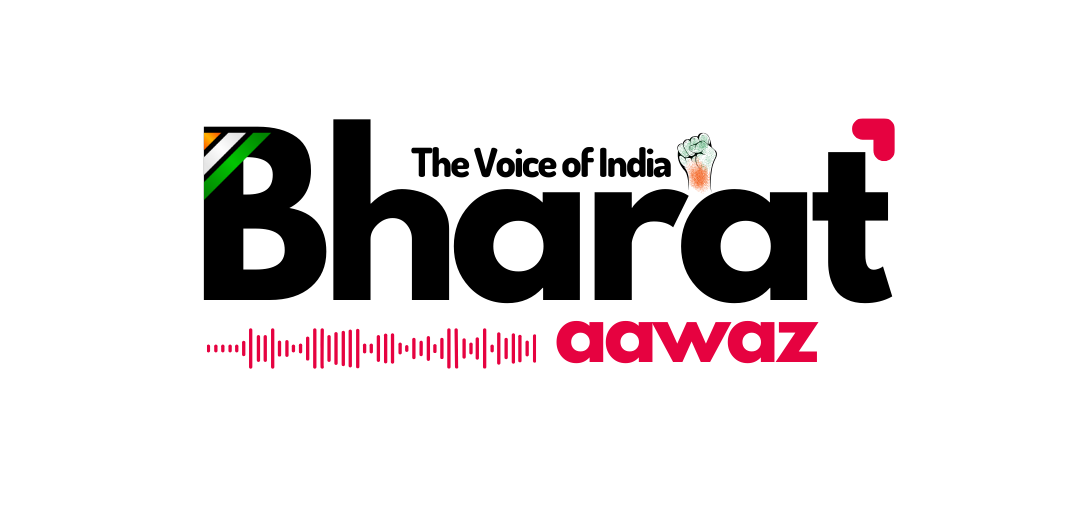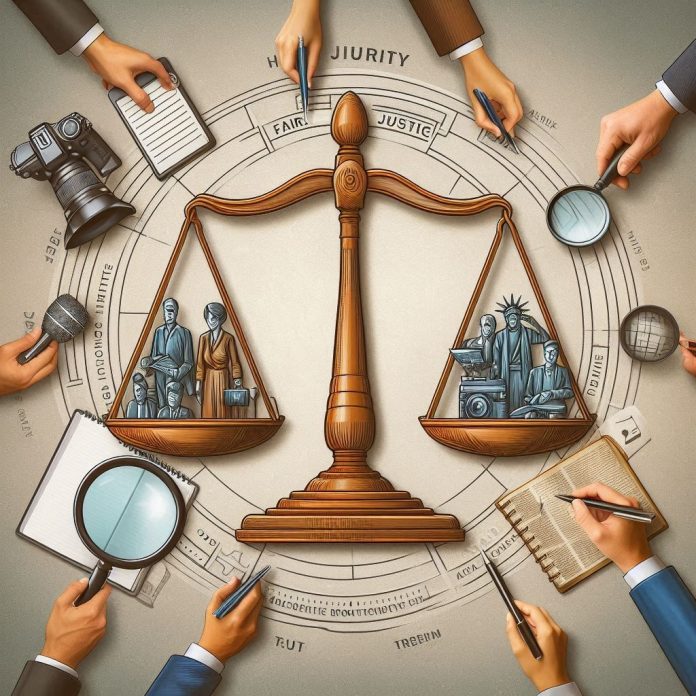📰 Why Ethics Still Matter in the Age of Viral News
🛡️ In Today’s Times, Ethics Aren’t Optional — They Are the Backbone of Journalism!
Just Imagine You’re a reporter standing outside a hospital after a bus accident. People are panicking. Rumors are flying. Someone hands you a blurry photo of a politician’s son on a stretcher. You can publish it now — it’ll go viral. But what if it’s not true
That’s the line where ethics begin.
🌐 The Problem Today: Speed > Truth
In the age of social media, the fastest story wins attention — not necessarily the truest one. A tweet spreads in seconds, but a correction rarely gets shared. This is dangerous. Misinformation can ruin lives, create riots, and damage reputations.
But ethics in journalism isn’t just about right and wrong. It’s about trust.
“People may forget the headline, but they remember whether they trust your reporting.”
🧭 What Are Ethics in Journalism?
Journalistic ethics are a set of values that guide reporters:
-
Truth & Accuracy – Never compromise facts for views.
-
Fairness – Always give both sides of the story.
-
Independence – Don’t be influenced by political or business pressure.
-
Accountability – If you get something wrong, correct it openly.
-
Respect – Don’t harm your sources, victims, or vulnerable groups.
⚖️ Real Story: When Ethics Saved a Life
During a communal riot, a local BMA reporter received a viral video of someone allegedly inciting violence. He waited. He verified. It turned out to be an old, unrelated video from another state. If he had shared it instantly, it could have triggered more violence.
Because he followed ethics — he prevented harm.
🚫 10 Golden Rules for Responsible Reporting
-
Verify before you publish. Always.
-
Avoid clickbait headlines.
-
Give both sides a voice — even if one is unpopular.
-
Protect the identity of minors and victims.
-
Use real images — not stock photos that mislead.
-
Disclose conflicts of interest.
-
Do not sensationalize tragedies.
-
Correct mistakes publicly.
-
Avoid plagiarism — always credit original work.
-
Respect public interest over personal opinion.
🕵🏽♂️ How to Identify Fake News Before You Share It
Here’s a quick reporter’s checklist:
| 🔍 Check | ✅ What to Do |
|---|---|
| Source | Is it from a reliable outlet? |
| Date | Is it recent, or an old event recirculated? |
| Visuals | Reverse-search images to check if they’re from a different story. |
| Bias | Does the story sound one-sided or emotional? |
| Cross-check | Are other trusted outlets reporting the same thing? |
| Links | Are the references genuine or broken? |
💡 Tip: Use tools like:
-
Google Reverse Image Search
-
Alt News
-
BoomLive
-
Factly
🧠 Final Thought
In the BMA world, your credibility is your currency. As reporters, you are not just content creators — you are guardians of truth. Whether you’re reporting from a village or a big city, always ask yourself:
“Is this the truth, and is it being told ethically?”
That’s the kind of journalism India — and the world — needs right now.









